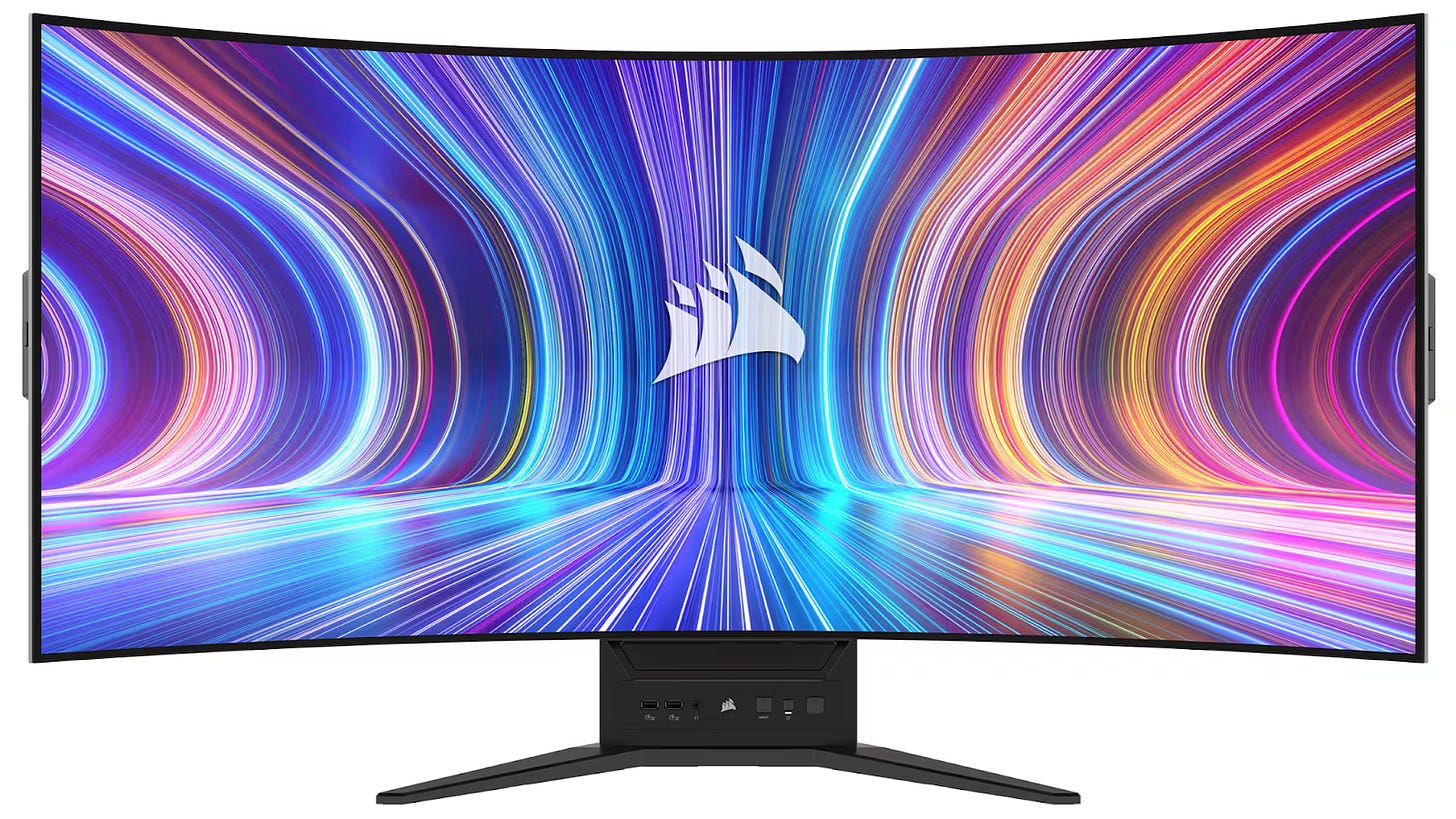#6 Canon Tokki: The Unsung Hero Behind our Gadgets
When you think of cutting-edge display technology, names like Samsung, LG, and Apple might come to mind. But behind the vibrant, energy-efficient OLED (Organic Light Emitting Diode) screens in your smartphone, TV, or smartwatch lies a lesser-known company that has been quietly powering this revolution: Tokki Corporation. Tokki is a Japanese company (acquired by Canon in 2007) that specializes in manufacturing OLED deposition equipment—the machines that make OLED displays possible. While Tokki is not a common name, its technology is the backbone of the OLED industry, enabling the production of the stunning displays we’ve come to rely on.
Firstly, a bit of background on OLED technology. OLED stands for Organic Light Emitting Diode. Let’s break this down:
Organic: This refers to materials that are carbon-based inside of the screen. These materials have many advantages, for example one being that they are bendable, leading to bendable displays and folding phones. Moreover, these materials are known for their efficiency, creating additional benefits
Light-Emitting: LCD (Liquid Crystal Displays), an older technology, work by having a large white backlight that then goes through a Liquid Crystal Layer and Color Filters to show the colors you have on your screen. In comparison, each individual pixel in an OLED display emits its own light, allowing the colors to be much more precise and vibrant. Moreover, OLED displays can show deeper blacks, greatly improving image quality.
Diode: Each pixel in an OLED display is a small diode made from organic materials that emits light when electricity flows through it.
What Makes Tokki So Special?
Tokki’s superiority stems from its OLED evaporation systems, which are used to deposit organic materials onto substrates with unparalleled precision. Even a small speck of dust could completely ruin a display. OLED displays are made up of multiple ultra-thin layers of organic compounds that emit light when an electric current is applied. Creating these layers requires extreme accuracy, and Tokki’s machines are some of the best in the world at doing just that.
In fact, Tokki’s dominance in the OLED deposition market is so strong that it has been described as a bottleneck for the industry, limiting the amount of OLED displays that can be manufactured. The company produces only 5 to 10 units annually. This limited production capacity has created long lines with wait times for a single machine as high as 18 months. Each machine comes with a hefty price tag - a single Tokki deposition system can cost up to $100 million, depending on the configuration and capabilities. This is a significant investment for many manufacturers, but the quality of Tokki’s machines make up for the price.
Next time you marvel at the stunning display on your smartphone or TV, take a moment to appreciate the incredible engineering that made it possible. Tokki may operate behind the scenes, but its impact is front and center in the world of modern displays.




